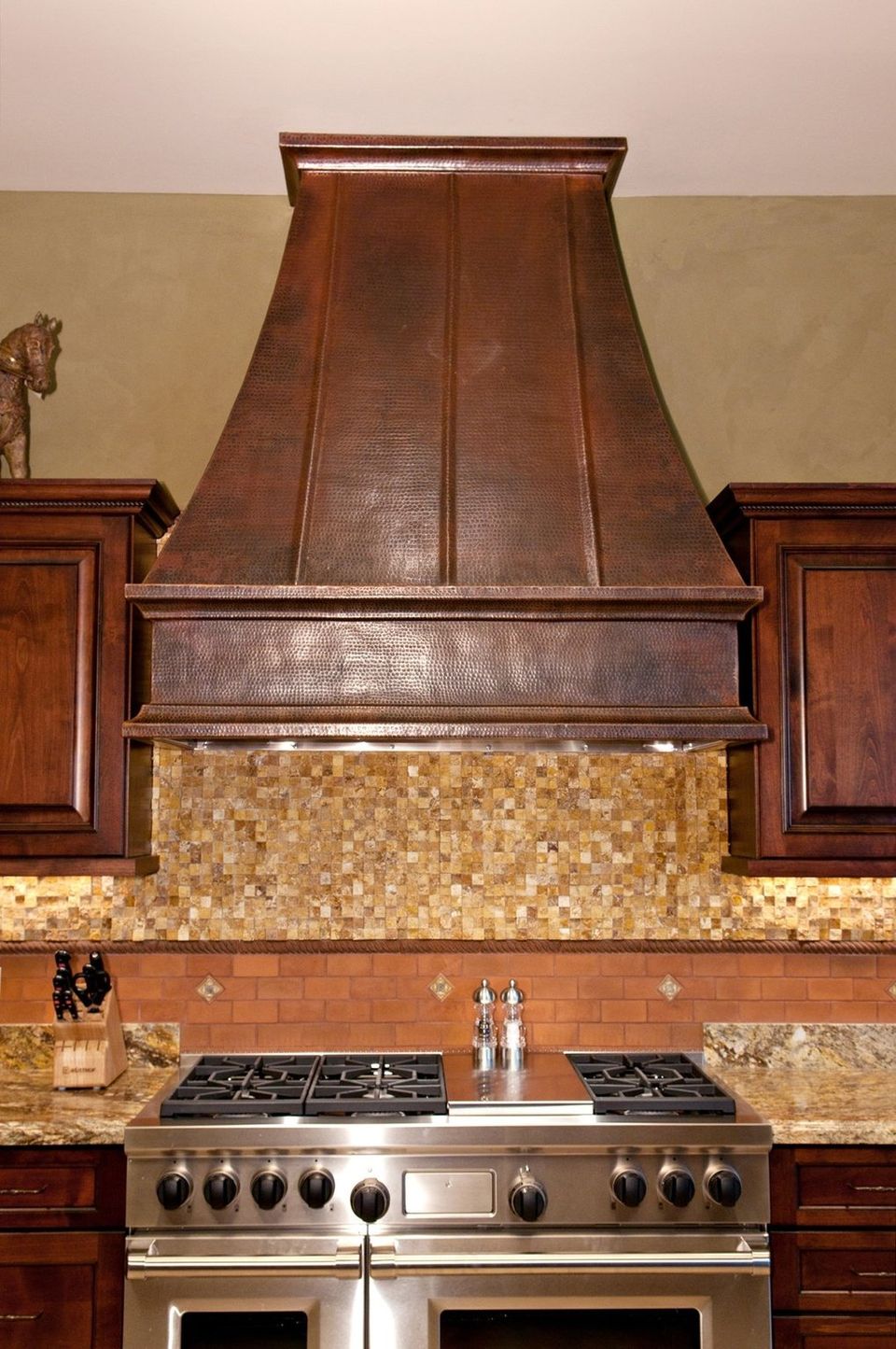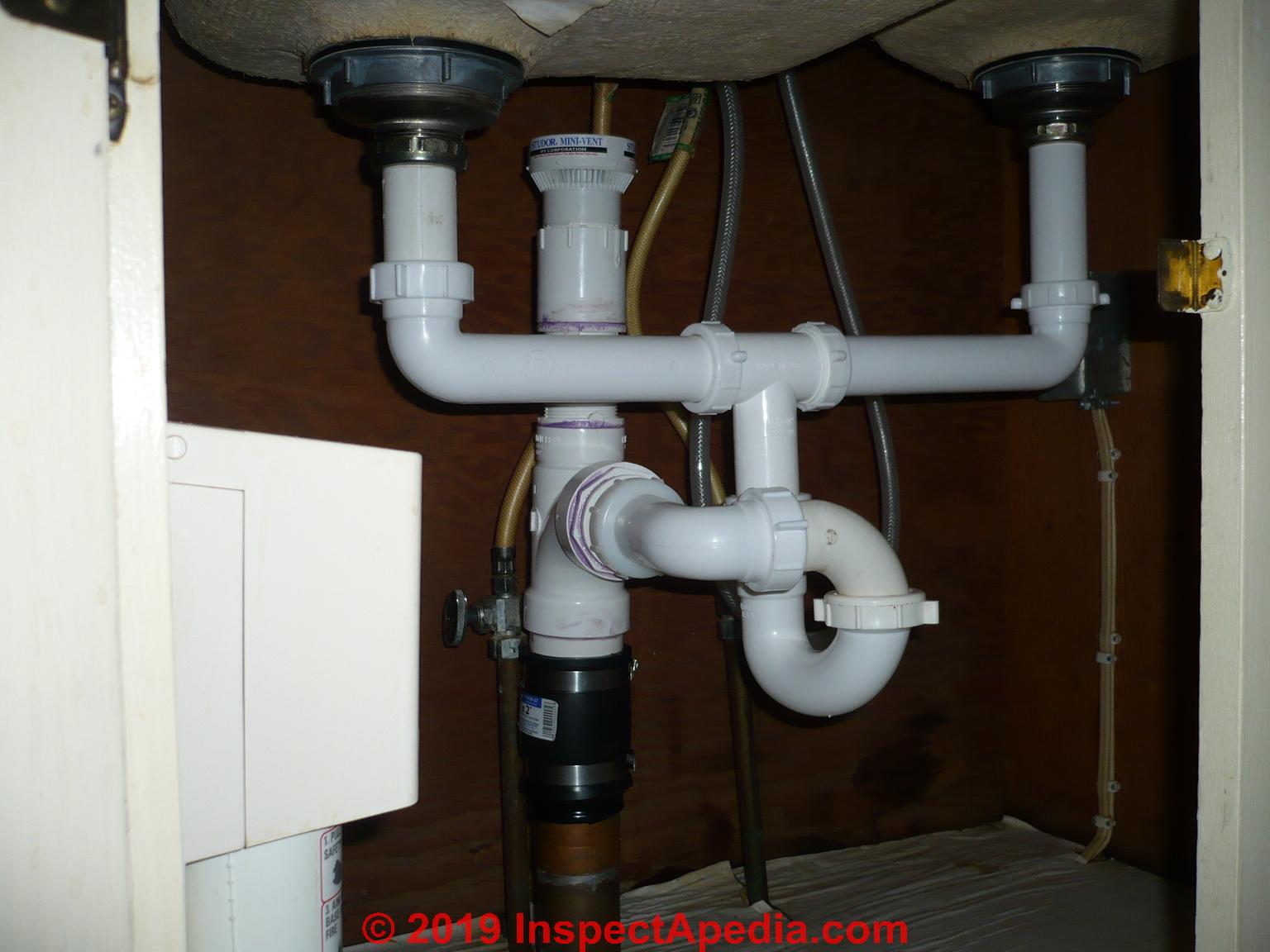If you're in the process of remodeling your kitchen or planning to install a new sink, one question that may come to mind is whether or not your kitchen sink needs a vent. The answer is yes, it does. In fact, proper venting is a crucial requirement for any kitchen sink installation. Without a vent, your kitchen sink can become susceptible to a range of issues such as clogs, foul odors, and even backflow. In this article, we'll discuss the top 10 things you need to know about kitchen sink venting requirements.1. Kitchen Sink Venting Requirements
Installing a kitchen sink vent is not as complicated as it may seem. However, it does require some basic plumbing knowledge and the right tools. The most common type of kitchen sink vent is a vent stack, which is a vertical pipe that connects to the drain and extends through the roof to vent the sink. To install a vent stack, you'll need to make a hole in the roof, connect the vent to the drain, and secure it in place. It's always best to consult a professional plumber for a proper installation and to ensure all building codes and regulations are met.2. How to Install a Kitchen Sink Vent
The answer to this question is a resounding yes. As mentioned earlier, a vent is a crucial requirement for your kitchen sink. Without a vent, your sink can become prone to clogs, odors, and backflow. A vent allows air to enter the plumbing system, preventing a vacuum from forming and causing these issues. It also helps to regulate water pressure and allows waste water to flow freely without any obstructions.3. Do I Need a Vent for My Kitchen Sink?
There are several different options for venting your kitchen sink. The most common type is a vent stack, as mentioned earlier. However, if your sink is located far from an exterior wall or if you have limited space, another option is an air admittance valve (AAV). This is a one-way valve that allows air to enter the plumbing system but prevents sewer gases from escaping. Another option is a loop vent, which is a horizontal pipe that connects to the drain and runs up and over to an existing vent pipe.4. Kitchen Sink Venting Options
If your kitchen sink has a foul odor, it could be due to a lack of proper venting. As mentioned earlier, without a vent, a vacuum can form in the system, causing the water in the trap to evaporate and allowing sewer gases to enter your home. These gases can cause a strong, unpleasant smell. To solve this issue, make sure your sink is properly vented and consider using a drain cleaner to remove any build-up that may be contributing to the odor.5. Why Does My Kitchen Sink Smell?
If your kitchen sink is clogged, having a vent can make it easier to unclog. A vent allows air to enter the system, which can help to break up any blockages and allow the water to flow freely. If you're experiencing a clogged sink, try using a plunger or a drain snake to clear the blockage. If these methods don't work, it may be time to call a professional plumber.6. How to Unclog a Kitchen Sink with a Vent
The size of your kitchen sink vent pipe will depend on the size of your sink and the number of fixtures connected to it. Generally, a kitchen sink vent pipe should be at least 1 1/2 inches in diameter. However, larger sinks or those with multiple fixtures may require a larger pipe. It's always best to consult a professional plumber to determine the appropriate size for your specific sink and plumbing system.7. Kitchen Sink Vent Pipe Size
If your kitchen sink doesn't have a vent, it's important to address this issue as soon as possible. A lack of venting can cause a range of problems as mentioned earlier. One option is to install an air admittance valve, as discussed earlier. Another option is to create a loop vent by connecting a horizontal pipe to the drain and running it up and over to an existing vent pipe. However, it's always best to consult a professional plumber for the best solution for your specific plumbing setup.8. How to Vent a Kitchen Sink Without a Vent
While proper venting is crucial for your kitchen sink, there can be some issues that may arise. For example, if the vent pipe becomes clogged or blocked, it can cause problems with the sink draining properly. Additionally, if the vent pipe is not installed at the correct angle, it can also cause issues with proper drainage. If you're experiencing any problems with your kitchen sink vent, it's best to consult a professional plumber to identify and address the issue.9. Kitchen Sink Venting Problems
If you're installing a new kitchen sink or remodeling your current one, it's important to make sure the vent is properly installed as well. The vent should be installed at the same time as the sink, as it will require access to the plumbing system. It's important to follow all building codes and regulations when installing a vent and to consult a professional plumber for the best and safest installation method. In conclusion, proper venting for your kitchen sink is essential for maintaining a healthy and functional plumbing system. It's important to ensure your sink is properly vented to avoid any potential issues and to consult a professional plumber for any installations or repairs. With the right knowledge and proper installation, your kitchen sink vent will keep your sink and plumbing system running smoothly for years to come.10. How to Install a Vent Under a Kitchen Sink
The Importance of Vents in a Kitchen Sink
Why Proper Ventilation Matters
 When designing a kitchen, homeowners often focus on aesthetics and functionality, but one important aspect that is often overlooked is ventilation. As the heart of the home, the kitchen is a space where various activities take place, from cooking and cleaning to socializing and entertaining. With all of this activity, proper ventilation is crucial to maintain a healthy and comfortable environment. This includes having a vent for your kitchen sink, which plays a larger role than you may realize.
Ventilation
refers to the process of
removing stale air and bringing in fresh air
to a space. In the kitchen, this is especially important because of the potential build-up of moisture, odors, and pollutants from cooking and cleaning. Without proper ventilation, these pollutants can linger and cause issues such as mold growth, unpleasant odors, and even health problems. This is where a vent for your kitchen sink comes in, as it helps to remove these pollutants and improve the overall air quality in your kitchen.
When designing a kitchen, homeowners often focus on aesthetics and functionality, but one important aspect that is often overlooked is ventilation. As the heart of the home, the kitchen is a space where various activities take place, from cooking and cleaning to socializing and entertaining. With all of this activity, proper ventilation is crucial to maintain a healthy and comfortable environment. This includes having a vent for your kitchen sink, which plays a larger role than you may realize.
Ventilation
refers to the process of
removing stale air and bringing in fresh air
to a space. In the kitchen, this is especially important because of the potential build-up of moisture, odors, and pollutants from cooking and cleaning. Without proper ventilation, these pollutants can linger and cause issues such as mold growth, unpleasant odors, and even health problems. This is where a vent for your kitchen sink comes in, as it helps to remove these pollutants and improve the overall air quality in your kitchen.
The Purpose of a Kitchen Sink Vent
 So, you may be wondering, does my kitchen sink really need a vent? The answer is yes. A kitchen sink vent, also known as a
vent stack
, is a vertical pipe that runs from the drainpipe under the sink to the roof of the house. Its main purpose is to
prevent air pressure and suction
in the plumbing system, which can cause issues such as slow draining, gurgling noises, and even sewer gas backups. It does this by
allowing air to enter the plumbing system
, which equalizes the pressure and helps to maintain a smooth flow of water.
Additionally, a kitchen sink vent
improves drainage efficiency
and
prevents clogs
. As water flows down the drain, it creates a vacuum that can slow down the drainage process. With a vent in place, the air can enter and break the vacuum, allowing the water to flow freely. This can also help to prevent clogs, as the air in the vent stack prevents debris from getting stuck in the pipes.
So, you may be wondering, does my kitchen sink really need a vent? The answer is yes. A kitchen sink vent, also known as a
vent stack
, is a vertical pipe that runs from the drainpipe under the sink to the roof of the house. Its main purpose is to
prevent air pressure and suction
in the plumbing system, which can cause issues such as slow draining, gurgling noises, and even sewer gas backups. It does this by
allowing air to enter the plumbing system
, which equalizes the pressure and helps to maintain a smooth flow of water.
Additionally, a kitchen sink vent
improves drainage efficiency
and
prevents clogs
. As water flows down the drain, it creates a vacuum that can slow down the drainage process. With a vent in place, the air can enter and break the vacuum, allowing the water to flow freely. This can also help to prevent clogs, as the air in the vent stack prevents debris from getting stuck in the pipes.
Choosing the Right Kitchen Sink Vent
 When it comes to choosing a vent for your kitchen sink, there are a few options to consider. The most common type is a
vent stack
, which is a standalone pipe that runs vertically from the sink drain to the roof. Another option is an
air admittance valve (AAV)
, which is a one-way valve that allows air to enter the plumbing system when needed. AAVs are typically used in situations where there is limited space for a vent stack or if adding one is not possible.
In conclusion,
a kitchen sink vent is an essential component of any well-designed kitchen
. It not only helps to improve air quality and prevent issues with the plumbing system, but also contributes to the overall functionality and efficiency of your kitchen. So, if you're designing or remodeling your kitchen, be sure to include a proper vent for your sink to ensure a healthy and comfortable space for you and your family.
HTML code:
When it comes to choosing a vent for your kitchen sink, there are a few options to consider. The most common type is a
vent stack
, which is a standalone pipe that runs vertically from the sink drain to the roof. Another option is an
air admittance valve (AAV)
, which is a one-way valve that allows air to enter the plumbing system when needed. AAVs are typically used in situations where there is limited space for a vent stack or if adding one is not possible.
In conclusion,
a kitchen sink vent is an essential component of any well-designed kitchen
. It not only helps to improve air quality and prevent issues with the plumbing system, but also contributes to the overall functionality and efficiency of your kitchen. So, if you're designing or remodeling your kitchen, be sure to include a proper vent for your sink to ensure a healthy and comfortable space for you and your family.
HTML code:
The Importance of Vents in a Kitchen Sink

Why Proper Ventilation Matters

When designing a kitchen, homeowners often focus on aesthetics and functionality, but one important aspect that is often overlooked is ventilation. As the heart of the home, the kitchen is a space where various activities take place, from cooking and cleaning to socializing and entertaining. With all of this activity, proper ventilation is crucial to maintain a healthy and comfortable environment. This includes having a vent for your kitchen sink, which plays a larger role than you may realize.
Ventilation refers to the process of removing stale air and bringing in fresh air to a space. In the kitchen, this is especially important because of the potential build-up of moisture, odors, and pollutants from cooking and cleaning. Without proper ventilation, these pollutants can linger and cause issues such as mold growth, unpleasant odors, and even health problems. This is where a vent for your kitchen sink comes in, as it helps to remove these pollutants and improve the overall air quality in your kitchen.The Purpose of a Kitchen Sink Vent

So, you may be wondering, does my kitchen sink really need a vent? The answer is yes. A kitchen sink vent, also known as a vent stack , is a vertical pipe that runs from the drainpipe under the sink to the roof of the house. Its main purpose is to prevent air pressure and





















:max_bytes(150000):strip_icc()/sink-vent-installing-an-auto-vent-2718828-03-7d2c3b9c51024155a1ea47f7ae35cadd.jpg)

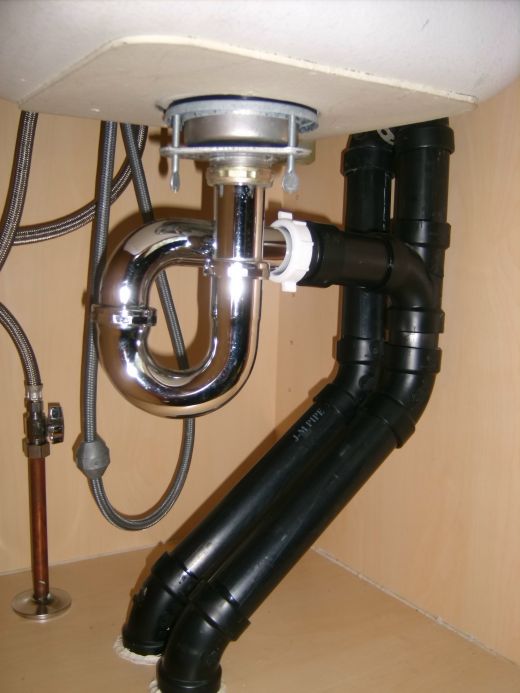















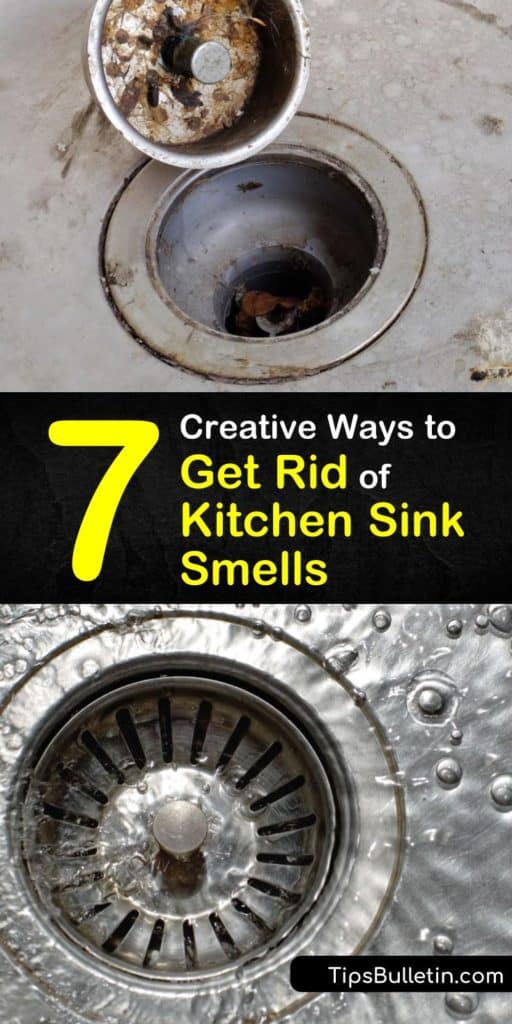
:max_bytes(150000):strip_icc()/why-does-my-kitchen-sink-smell-like-sewage-4707719_06_Citrus-Peels-Ice-and-Salt-9013424033674901bb333de977aae138.jpg)




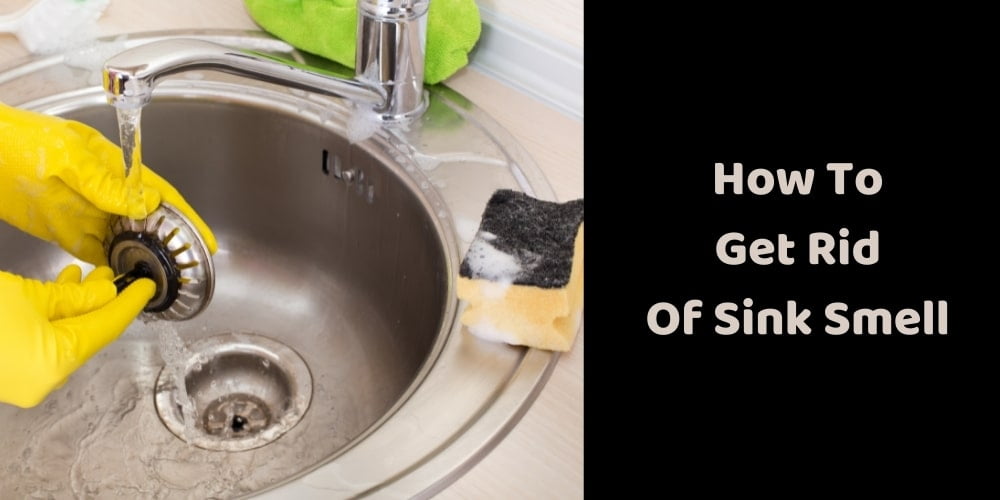

:max_bytes(150000):strip_icc()/plumber-unclogging-kitchen-sink-169270382-5810e7bb5f9b58564c5dd92b.jpg)








:max_bytes(150000):strip_icc()/pouring-chemicals-down-a-sink-80033290-5810e9425f9b58564c60a7e1.jpg)



/sink-vent-installing-an-auto-vent-2718828-05-ca0dcb2915be457b9693ccd2655e6c21.jpg)





